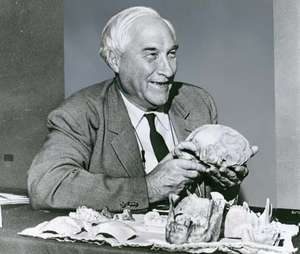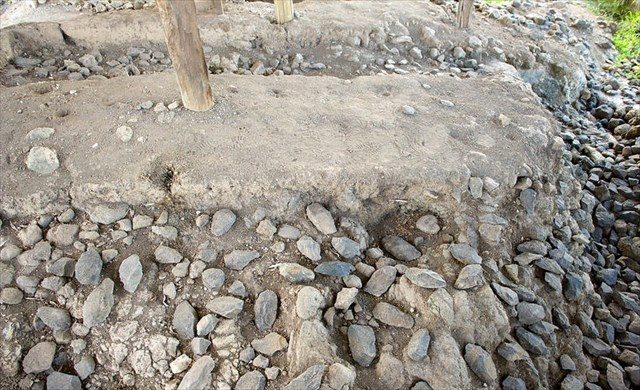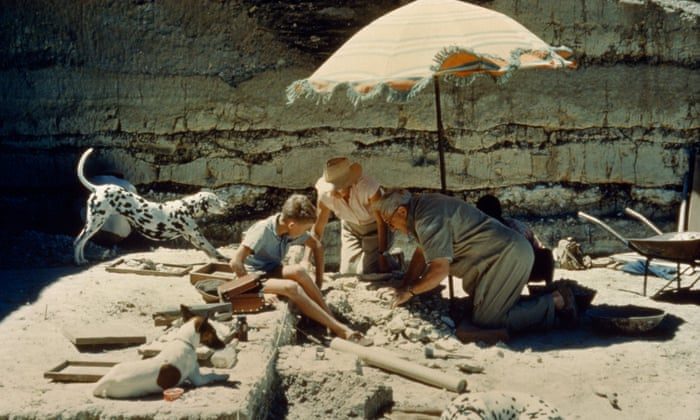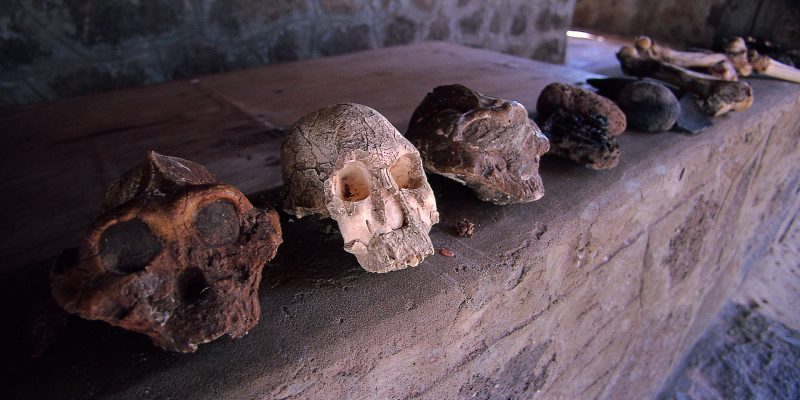The Kariandusi Archaeological Site Of Kenya
Prehistoric human records
The National Museum of Kenya holds the most extensive collection of human prehistory in the world. Proudly, the museum has the most complete and the most extensive record spanning 27 million years. In addition to fossils, a history of technological evolution with 2.3 million years old tools also exist. This study of the development of humankind continues to-date through the efforts of Kenyan scientists at the museums of Kenya.
Earliest human skeleton
A Kenyan by the name of Kamoya Kimeu made the most famous discovery. He discovered the skeleton of a Turkana boy dated around 1.6 million years. He was 1.6 meters tall and was 9 to 12 years old. It is the only complete skeleton of a human fossil in the world.
Discovery of Kariandusi
Amongst the very early discoveries of Lower Paleolithic sites in Kenya is the Kariandusi archaeological site. It is a 1 million year old world-famous stone age site that attracts researchers from all over the world. Kariandusi is probably the first Acheulian site to be found in situ not just in Kenya but the whole of Eastern Africa. Later on, the authorities gazetted this Acheulian place in 1954 as a national monument of Kenya making it an essential piece of history of the early humankind.
Dr. Louis Leakey
The renowned paleontologist, Dr. Louis Leakey, was the one who discovered, unearthed and excavated the Kariandusi archaeological site. He graduated in 1926 with best grades in his class winning many accolades from the academic world. Due to his success, his alma mater, St. John’s College, awarded Leakey a research grant for his first archaeological expedition. Using these funds, Leakey was able to make three trips to the Kariandusi archaeological site as well as several trips to other research destinations.

During the expedition in an exposed riverbed in Kariandusi in 1928, Leakey realized that the Kariandusi prehistoric site was a factory location of the Acheulian period Source: Britannica
During the expedition in an exposed riverbed in Kariandusi in 1928, Leakey realized that the Kariandusi prehistoric site was a factory location of the Acheulian period. He came to this conclusion after discovering numerous collections of artifacts in this riverbed. Gaining the organic momentum created by Dr. Leakey, the excavation of the site went on from then until 1947. After Leakey, a fourth expedition was done by three others in 1974, which was the last major excavation at the Kariandusi pre-historic site. Subsequently, there have been several minor research studies concerning the Kariandusi pre-historic site.
Archaeological site location
The Kariandusi prehistoric site in Kenya lies on the southeastern side of the Rift Valley, flanked by Mount Eburu on the south and Menengai crater on the north. This interesting prehistoric site is on the way to Nakuru and near a place called Elementeita. There is enough geological proof to show that some lakes, reaching even hundreds of meters higher than Lake Nakuru and Elementaita, occupied Kariandusi.
Excavation site strata
In between the lower and upper levels of the excavation site is an in-depth forge. One can reach this place through a flight of stairs. From the ground, the primary layers represent an extended dry period as well as a volcanic period. Overlying all these divisions of the site ground is the white diatomite sediment from a lake bed. Diatomite is nothing but microscopic algae skeletons. People use this white hard stuff to make insulation and paints. The Maasais use it as a facial cosmetic. The pumice and datable materials found in the sediments has made it possible for dating the site. There are also wells nearby the Kariandusi archaeological site for mining diatomite. The opening of mining activities at the diatomite deposit site has continually unveiled archaeological materials.
Prehistoric obsidian tools

Acheulian site, Kariandusi, Kenya Source: Geocaching
Hundreds of Acheulean and Bolas hand axes, as well as stone tools and artifacts excavated and unearthed at the site, belonged to the Acheulean age. Since the time of its excavation in the late 20s, the site has been a source of prehistoric tools made from obsidian, which is volcanic rock found in lava. It has several excavation pits exhibiting a scattered assortment of stone tools that were made by early humans. There are also tools stored at the museum that is of trachyte lava. They are in the form of massive cleavers and hand axes. Most of the tools preserved are cutting implements which were once used by prehistoric people for butchering meat.
Kariandusi museum exhibits
There is a museum near the prehistoric site, with some steps going down to the discovery site of the hand axes. Kariandusi site museum lies 2 km to the east of Lake Elementaita and the Rift Valley. The museum at the Kariandusi archaeological site contains exhibits such as fossils, stone-age hand axes, stone tools and obsidian or volcanic glass knives. It also has a molar of a species of elephant that once existed in Europe and England before it became extinct. Apart from the prehistoric, the Kariandusi museum also caters to several other nearby sites as well.

The cradle of humankind is a phrase that explains the uniqueness of Kenya as a safari destination Source: Guardian
The cradle of humankind is a phrase that explains the uniqueness of Kenya as a safari destination. There are also many prehistoric sites in the country. However, the credit for the discovery of fossils goes to just one family – the Leakey family. Their contribution to these studies was immense. These generations overcame skeptics to search for fossils in the northern part of Kenya to the plains of Serengeti.
5 Frequently asked questions about The Kariandusi archaeological site of Kenya
To receive a colourful digibook about accommodation with videos, images and text, please fill out the following form or simply email us on safaris@safari-center.com





